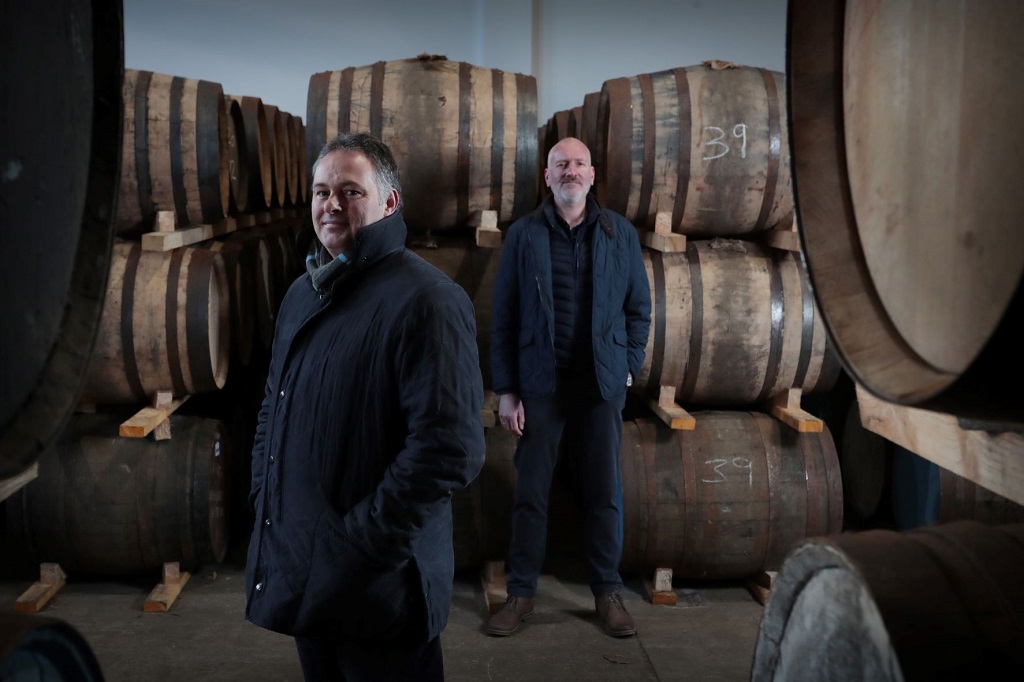
Rare whisky makes a strong recovery and set for record year
The rare whisky market for 2021 is set to break all previous records, following a strong first six months of the year.
That’s according to new figures published today by whisky analyst, broker and investment experts Rare Whisky 101.
The first half of 2021 has seen nearly 85,000 bottles of single malt Scotch whisky traded on the secondary market with a value of more than £36 million.
Based on the current rate of growth, Rare Whisky 101 expects the full year for 2021 to reach 172,500 of bottles traded, an increase of 19.88% on 2019’s record (143,895 bottles) with a value of £75 million, an increase of 29.97% on 2019’s record (£57,707,707).
As with other physical asset classes, trading in the rare whisky market was subdued by a succession of lockdowns during 2020. The overall number of recorded bottles of single malt Scotch whisky sold at auction in the UK in 2020 decreased slightly by 3.37% to 139,044 (2019 = 143,895), while the recorded value decreased by 7.47% to £53,395,201 (2019 = £57,707,707).
However, the market experienced a classic V shaped recovery following the easing of the first lockdown in the UK. November and December 2020 were record breaking months from a volume perspective with both months seeing more than 16,000 bottles of single malt Scotch whisky sold at auction in the UK for the first time (previous record April 2019 = 15,830). Figures for May 2021 once again raised the bar with 16,858 sold.
The average per-bottle price declined by 2.55% from £401.04 in 2019 to £390.81 in 2020 and has quickly re-bounded to £426.58 at the 30th June 2021 – a new record.
After two years of relatively flat growth, Rare Whisky 101’s broadest measurement of the market, the Apex1000 Index, closed the half-year 2021 up 9.06% with a full-year estimate of 17.5% growth in investment values.
Springbank retained its #1 position from an investor’s perspective. However, The Macallan slipped 17 places to number 28.

David Robertson and Andy Simpson, founders of Rare Whisky 101 (Photo: Stewart Attwood)
Over an 18 month extended period, the Apex1000 Index fractionally edged ahead of gold by 0.03%, regaining its number one spot in Rare Whisky 101’s alternative asset rankings. Over an extended six and a half years, since the 31st of December 2014, Scotch whisky’s leading performance is comfortably cemented, having achieved 225% growth compared to 50% growth for gold.
Whisky investment analyst and co-founder of Rare Whisky 101, Andy Simpson said: ‘After an inevitable dip in volume supply following the double impact of Covid-19 and Brexit, the secondary market for rare whisky is, once again, set to smash all records.
‘In our view, the pandemic has shown us that physical assets, such as whisky, have become ever more popular. When combined with a growing global consumer thirst for single malt which shows no signs of slowing, we see no reason why prices will not continue to rise for the right bottles.
‘However, as is always the case, there are some watch-outs for collectors and investors. There are still some high value re-fills and fakes creeping into the market, so constant vigilance is required. We’re also seeing stress in the high value (>£5,000) segment of the market and have seen bottles selling recently for around 50% of their 2018/2019 high points.
‘For investors, we’ve seen plenty of movement up and down the rankings. The Macallan is an interesting case in point. The brand has further extended market share over the past year, but investment values have slipped. In part, we believe that the sheer volume of non age-stated releases may have confused the market, potentially leading collectors and investors to seek out other brands. However, it’s worth noting that the recent Macallan Red collection is a great example of where the brand works very well, leveraging the value of its aged stocks..
‘The data also provides some useful insights for collectors, as well as brand owners. From a price perspective, popularity is increasing in the more affordable sub-£1,000 segment. Yet this price-point isn’t particularly well served by brand owners who have been focused on releasing the ‘most expensive’ or ‘oldest’ to attract high net worth buyers. We sense a genuine uplift in the number of collectors who are prepared to pay premium prices but not £20,000+ for a 50 year old.’
For more information or to download the full report visit HERE.
TAGS

